Extracto del 2020 Strategic Foresight Report | Changing the course towards a more resilient Europe

La Comisión Europea ha publicado recientemente su Informe de Prospectiva Estratégica 2020. Por su interés general, se traen a nuestra sección destacada los contenidos del apartado de Oportunidades de su Sección de análisis en el eje/dimensión digital. El informe completo se puede consultar aquí.
The COVID-19 pandemic has accelerated hyperconnectivity. There is an opportunity to draw lessons from this real-time experience and achieve a balance between physical and digital interactions in the future that meets the public’s expectations. During the COVID-19 crisis, over one-third of the EU’s labour force temporarily shifted to teleworking arrangements. Connectivity increased in all areas and the spectacular rise in internet traffic, estimated at between 10% and 30% worldwide, remained even as countries relaxed confinement measures. The total amount of data generated worldwide is estimated to grow to around 175 billion terabytes by 2025.
Digital technologies could contribute to further advances in healthcare. AI and highperformance computing have the potential to accelerate the development of treatments, vaccines and diagnostics, predict the spread of diseases and plan the distribution of medical resources. Such innovations could also be used to analyse individual health risks for preventive medicine. Leveraging AI also brings opportunities for enhancing our defences against cyberattacks, notably against critical infrastructure such as hospitals.
Digital technologies have enabled some continuity in training and education while schools have been closed during the crisis. When used properly, digital technologies can increase the effectiveness, efficiency and inclusiveness of our education and training systems. Strengthening the digital capacities of education and training systems and bridging digital gaps in equipment and connectivity is key.
Addressing challenges associated with the implementation of the EU data strategy will open up wide-ranging opportunities for Europe. These include the promotion of the EU data protection model, the possibility to improve data availability, reuse, interoperability and governance, and the ability to avoid inadequate data infrastructures, as well as rely on adequate tools that can empower individuals to exercise their rights.
Open strategic autonomy is key to develop the European digital economy. 5G connectivity, in combination with the Internet of Things, could boost the digitalisation of services (e.g. energy, transport, banking, and health) and processes, reduce costs and increase efficiency. The creation of a cloud infrastructure would be the first step to making the most of data generated in Europe. Concerted legislative and financial support for the creation of a single market for data, based on the deployment of common European data spaces, will ensure better access to data and bring benefits for the public and the growth of the European data economy.
Digital technologies can contribute to greening the economy. They can optimise the operation of utilities, mobility and transport, products, industrial processes and buildings and other assets, leading to energy savings, pollution reduction and increased resource efficiency by enabling the transition to a circular economy. They can also improve environmental and risk management through early warning systems for extreme weather events, based on, for instance, earth observation data and big data technologies. However, attention needs to be paid to the energy consumption of data technologies and the short life span of digital devices that makes e-waste, including critical raw materials, the fastest growing waste category. There is a fundamental shift to decentralised data systems brought by edge and fog computing, combined with the deployment and uptake of new mobile generation technologies (e.g. 5G and 6G in the future) and low energy processors that can curb the growing energy consumption of digital technologies by processing data closer to users, through applications related to the Internet of Things, and by reducing network latency.
Share this:
Latest news



Categories

